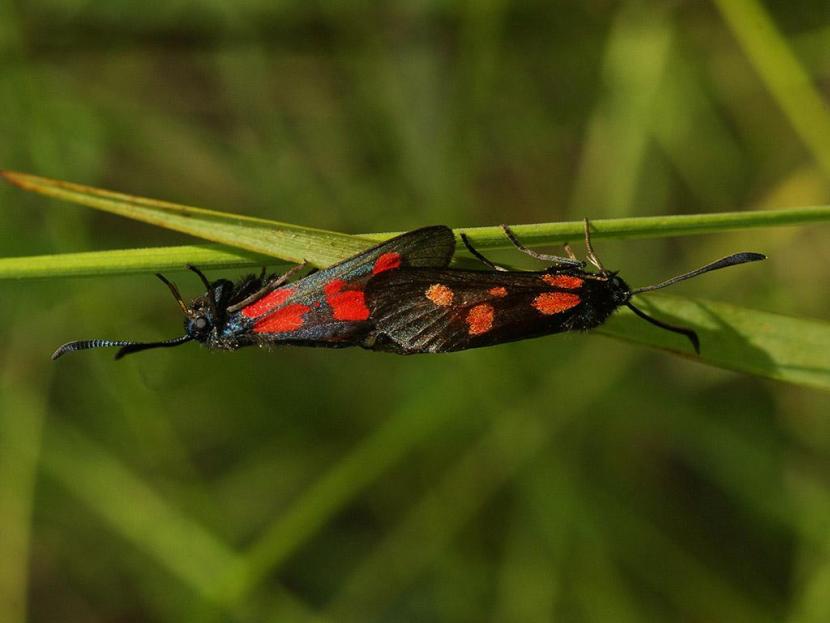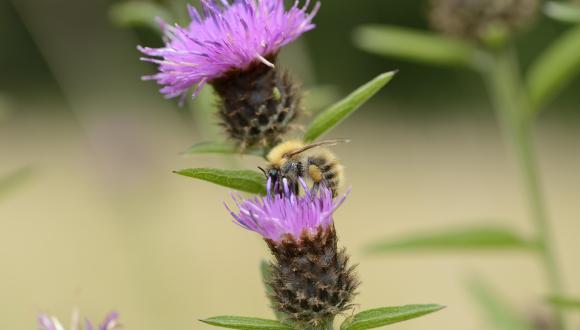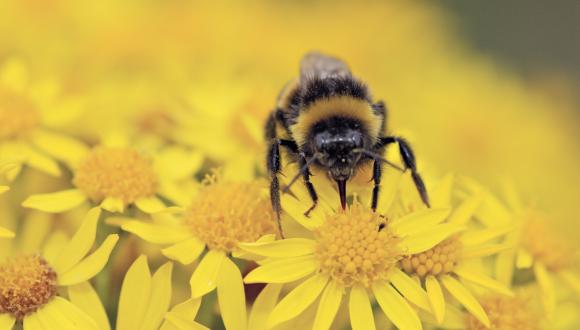Butterflies and moths
Butterflies are easily identified by their colourful wing patterns, while moths are less well known as they’re generally nocturnal.
Moths are much more diverse, than butterflies, and include some species that are even more striking. About 34 species of butterfly are seen regularly in Scotland, but about 1,300 species of moth occur here.
Some moths fly by day. Look out for the striking red and black burnet moth in grassland with a variety of flowers, especially by the sea. The moth’s colour wards off predators, as it send the message that it’s poisonous.

Threats to butterflies and moths
Big changes in how we manage the countryside over the past 50 years have caused butterflies and moths to suffer.
Butterflies can be divided into:
- generalists – which continue to do well
- specialists – which are increasingly rare as their habitats are reduced or altered
Specialist butterflies under threat include:
- chequered skipper
- marsh fritillary
- pearl-bordered fritillary
Similarly, the once familiar garden tiger moth, for example, is believed to have declined by 90% in the UK since 1960. But though the proportion of moth species in decline in Scotland (22%) is in line with Britain as a whole, more of our species (45%) are increasing in number.
Read the NatureScot Biodiversity Indicator: Terrestrial Insect Abundance – Butterflies
Read the NatureScot Biodiversity Indicator: Terrestrial Insect Abundance – Moths
Ringlets, named after the pattern on its wings, are often seen bobbing around when the weather is dull and most other butterflies are taking a rest.
Conservation of butterflies and moths
Conservation action as part of the Species Action Framework (live until 2012) focused on:
- marsh fritillary butterfly
- pearl-bordered fritillary
- slender Scotch burnet moth
The dark bordered beauty moth has also been a focus of conservation action.
The project to save the New Forest burnet moth, one of Scotland’s greatest conservation successes, was led by volunteers. A committee of experts gave their time for free to work closely with NatureScot on this species.
Protection of butterflies and moths
Find out about our protected species of invertebrate.
Learn about protected invertebrate species and licensing.
Record sightings
Discover the UK’s various recording schemes for butterflies and moths on the Butterfly Conservation website.





